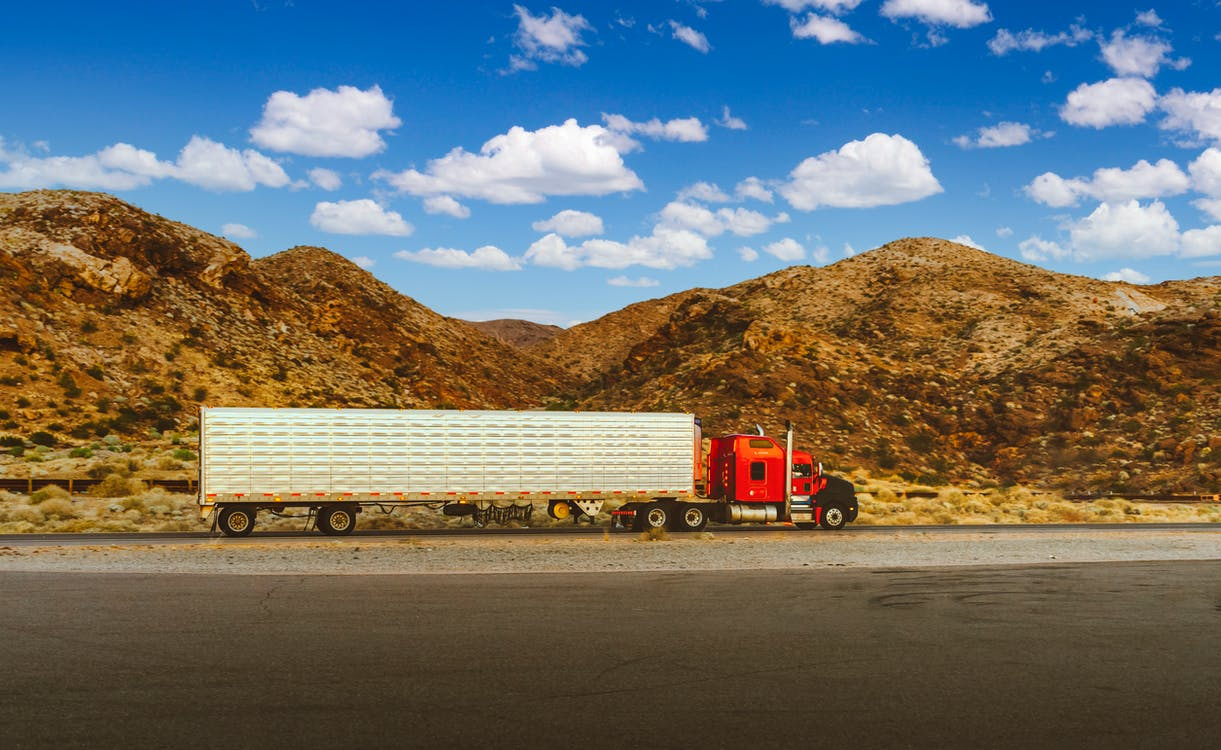Now Reading: 5 Reasons Why Truck Accidents Are More Fatal, Compared to Car Accidents
-
01
5 Reasons Why Truck Accidents Are More Fatal, Compared to Car Accidents

5 Reasons Why Truck Accidents Are More Fatal, Compared to Car Accidents
Despite precautions, some accidents are simply inevitable. While most collisions result in minor damages and injuries, the outcome changes drastically if a truck is involved. The size and weight of these massive vehicles drastically increase the impact force.
1. Weight
The average car weighs around 4,156 pounds, while an average semi-truck is about 35,000 pounds. When two objects of different weights collide, the heavier object will cause more damage. Also, due to the weight of the 18-wheeler, it’s going to take the truck driver much longer to stop.
Weight is a significant factor in accidents because it increases the kinetic energy of the objects involved. If the kinetic energy is high, it will cause more damage and destruction. The kinetic energy equals half of the mass times the velocity squared.
If the truck is twice as heavy as the car and traveling at the same speed, the 18-wheeler will have four times more kinetic energy than the car. This is part of the reason why trucks are more dangerous than cars.
2. Blind Spots
Because of their size, trucks have bigger blind spots than cars. These areas may render a nearby small vehicle invisible to the truck driver. This increases the chances of an accident because the truck driver might change lanes without seeing the car next to them.
To avoid being in a truck’s blind spot, you should:
- Stay out of the blind spot by not driving next to the truck for too long
- If you’re passing an 18-wheeler, do it quickly
- Use your turn signal when you’re changing lanes around a truck
- Avoid the blind spot
Be sure to reach out to a lawyer if you are involved in a truck or car accident in Dallas. A Dallas, Texas, truck accident attorney can help you get the compensation you deserve.
3. Height
Trucks are also taller than cars. The average vehicle is around five feet tall, while the standard semi-truck is 13 feet tall. This means that when a truck and a car collide, the larger vehicle will hit the smaller one at a higher speed causing more damage. The car may also be pushed underneath the 18-wheeler, which can cause it to be crushed.
The height of a truck is also a factor in rollover accidents. Because they are so tall, 18-wheelers are more likely to tip over if they take a turn too fast or hit a bump in the road. When a truck tips over, it will crush any cars nearby.
4. Stopping Distance
The average car needs around 88 feet to stop, while the average semi-truck needs around 525 feet. This is because trucks are heavier than cars, and they have more momentum. Since the stopping distance is longer, the driver might not be able to slow down in time to avoid danger.
This is why it is so important to give trucks a wide berth. It would be best if you never cut off a larger vehicle because they might not be able to stop in time. If you are driving in front of an 18-wheeler, leave plenty of space between you and the truck.
5. Acceleration
Trucks also take longer to accelerate than cars. The average vehicle can go from 0 to 60 mph in around eight seconds, while the average semi-truck takes about 20 seconds to go from 0 to 60 mph. This is because trucks are much heavier than cars and have more drag.
This means that if you are driving in front of a truck and you suddenly brake, the driver might not be able to stop in time. It is vital to leave plenty of space between you and a larger vehicle.
Practice Safe Driving
It is crucial to be aware of driving near trucks. These vehicles are much bigger and heavier than cars, making them more dangerous. They also have longer stopping distances, and they take longer to accelerate. As long as you practice safe driving, you minimize the risk of accidents.











